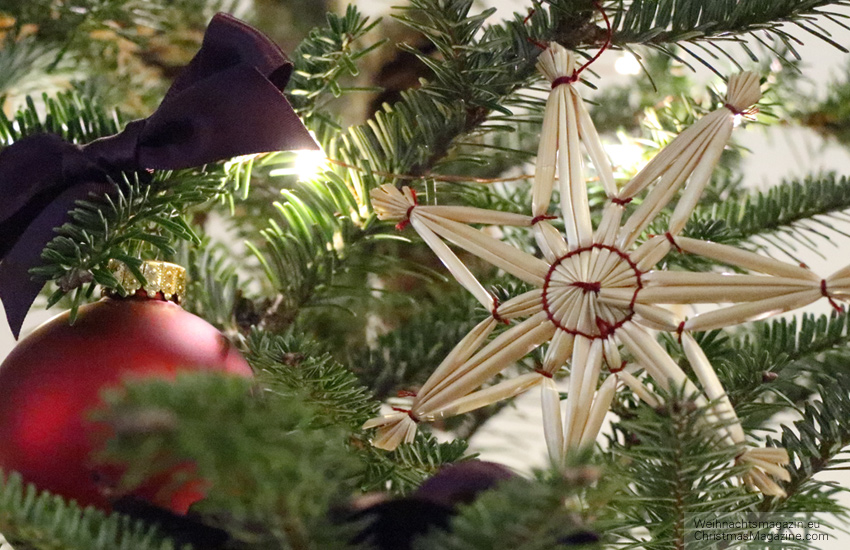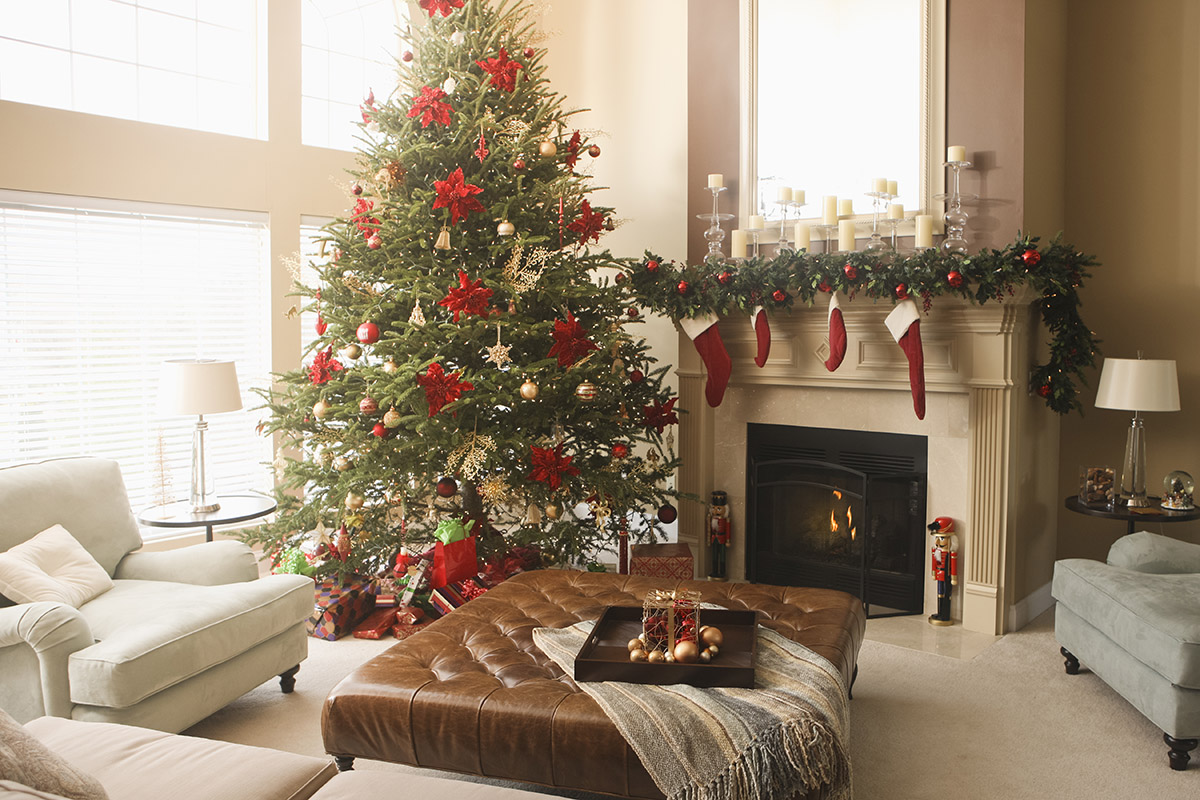The Christmas Tree Tradition: Why Do We Decorate?

In the heart of winter, when the world is draped in frost and darkness, the twinkling lights of a Christmas tree bring warmth and joy to homes across the globe. This cherished tradition of decorating a Christmas tree has roots that stretch back centuries, woven into the cultural fabric of various nations, yet it remains as fresh and vibrant as ever. Why do we decorate our trees, and how has this timeless custom evolved over time? Let's delve into the captivating history and cultural significance of the Christmas tree.
Historical Origins of the Christmas Tree

The tradition of the Christmas tree has a multifaceted history that intersects with folklore, pagan rituals, and Christian customs:
- Pagan Roots: Some historians believe that the practice can be traced back to ancient pagan cultures. For instance, the Roman festival Saturnalia involved the decoration of homes with greenery, which symbolized the renewal of life and the sun’s rebirth. Similarly, Druid traditions in ancient Britain revered evergreens, particularly oak, as symbols of eternal life.
- Medieval Germany: The modern Christmas tree tradition is often linked to 16th-century Germany, where trees were initially brought indoors and adorned with apples, nuts, and later with candles. These trees were called "Paradise Trees" and were part of the Adam und Eva (Adam and Eve) plays performed on Christmas Eve.
- Spread to England: The custom took a significant leap into royal and public life when Prince Albert, consort to Queen Victoria, popularized the Christmas tree in England in the mid-19th century. The illustrations of the royal family around their decorated tree spread through newspapers, sparking public interest and adoption.
Symbolism and Decorations

The decorations on a Christmas tree carry profound symbolism:
| Decoration | Symbolism |
|---|---|
| Candles | Symbolize the light of Christ as the Light of the World. |
| Ornaments | Represent life’s gifts and fruits, originally simple fruits and nuts. |
| Garlands | Symbolize eternal life, often made from evergreen foliage. |
| Star or Angel | Placed at the top, they signify the Star of Bethlehem or the angel announcing Christ's birth. |

🌟 Note: Over time, the decorations evolved from simple natural items to mass-produced ornaments, reflecting changes in technology, manufacturing, and societal wealth.
Why We Continue the Tradition

The practice of decorating a Christmas tree has endured for several compelling reasons:
- Continuity: It connects us to our ancestors and keeps traditions alive.
- Community: The act of decorating a tree often involves family, fostering a sense of togetherness.
- Anticipation: The tree represents the approaching joy of Christmas, creating excitement in children and adults alike.
- Aesthetic Appeal: Trees bring color and life to an otherwise barren winter landscape.
- Spiritual Significance: For many, it symbolizes growth, hope, and the everlasting nature of life and faith.
Modern Variations of the Christmas Tree

The concept of the Christmas tree has been adapted into various forms over the years:
- Artificial Trees: Invented for those allergic to pines or for urban dwellers with limited space.
- Theme Trees: From color-themed to fully themed (like vintage or Santa-themed) trees, allowing for personalization.
- Outdoor Trees: Public spaces often feature large, elaborately decorated trees to foster community spirit.
🚫 Note: The transition to artificial trees has raised environmental concerns, leading to the rise of eco-friendly options like LED lights, reusable ornaments, and sustainably sourced real trees.
Regional Traditions

While the core concept remains, different cultures have put their unique spin on the Christmas tree:
- Scandinavia: Here, trees are often smaller, and the focus is on natural decorations like apples, nuts, and hand-made ornaments.
- Germany: Famous for its elaborate markets, Germany also introduced the idea of the Tannenbaum or "Fir Tree," often decorated with intricately designed glass baubles.
- United States: American decorations can be quite diverse, including the addition of popcorn strings and candy canes, reflecting the country's melting pot of traditions.
As we wrap up this exploration of the Christmas tree tradition, it's clear that this simple act of decorating a tree is imbued with layers of historical, cultural, and personal significance. It connects us not only to the festivity of Christmas but to centuries of human experience, blending tradition with innovation, nature with nurture, and community with personal expression. The Christmas tree is more than just a tree; it's a symbol of our shared human journey through the seasons of life.
Why do some families choose artificial Christmas trees?

+
Many families opt for artificial trees for their longevity, cleanliness, allergy-friendly properties, and the ability to decorate early in the season. They also fit well in modern homes where space might be limited, and they help avoid the mess of real trees.
How does the Christmas tree tradition impact the environment?

+
While artificial trees reduce the annual cutting of real trees, they have a larger carbon footprint due to manufacturing. Real trees can be eco-friendly if sustainably farmed, with their farms serving as habitats for wildlife and contributing to carbon dioxide absorption during growth.
What’s the history behind the star or angel tree topper?

+
The star represents the Star of Bethlehem, which guided the Magi to Jesus. Angels signify the celestial announcement of Christ’s birth. This tradition also symbolizes divine guidance and protection.



